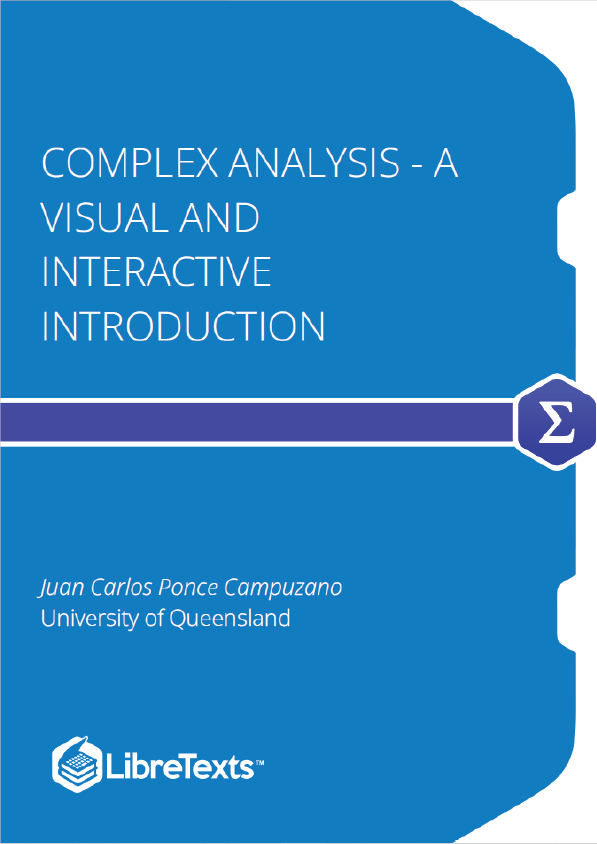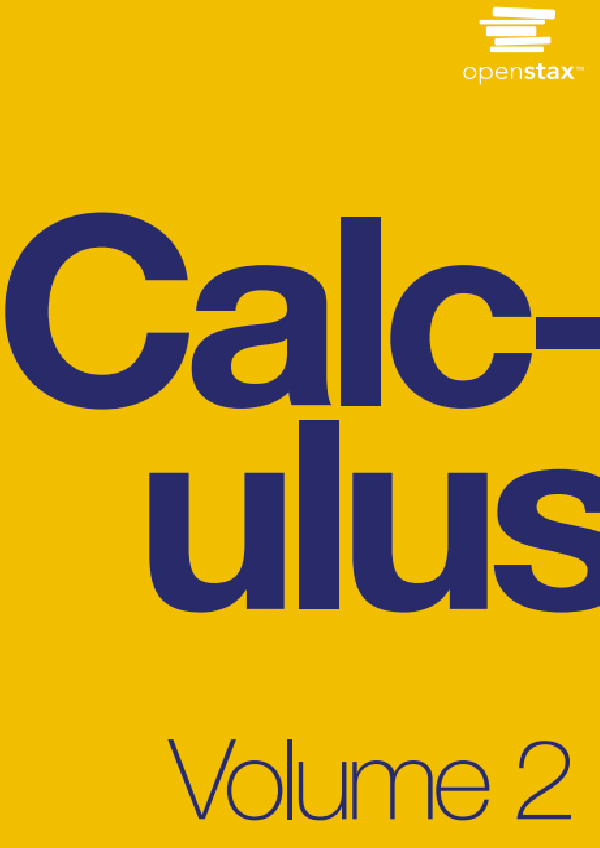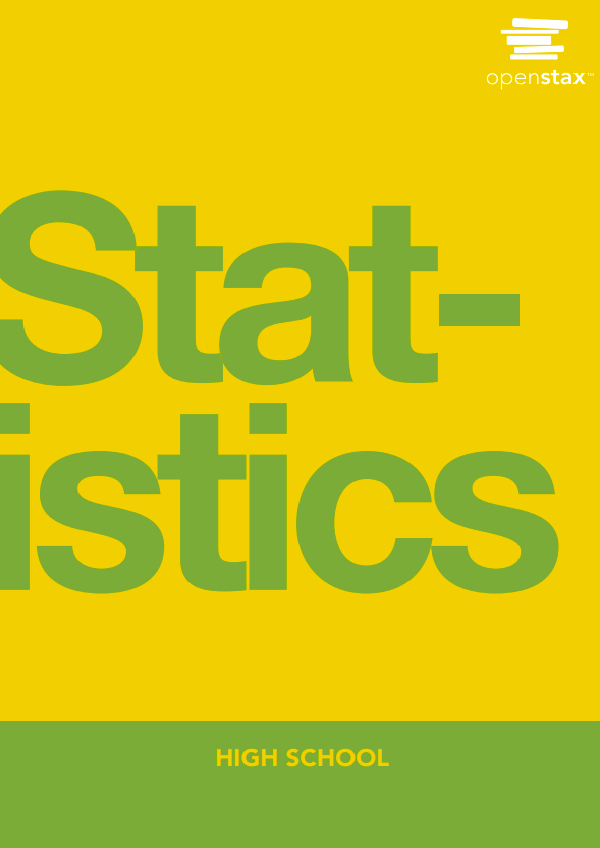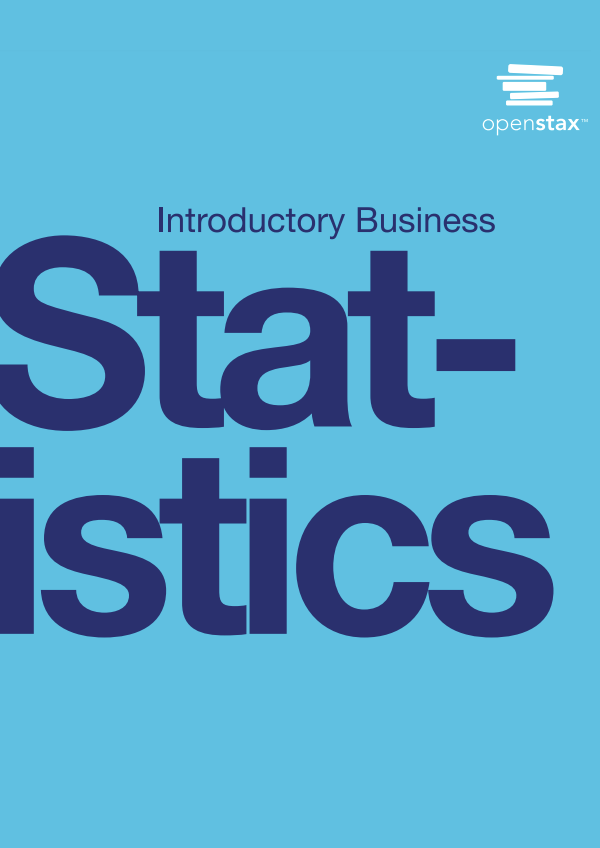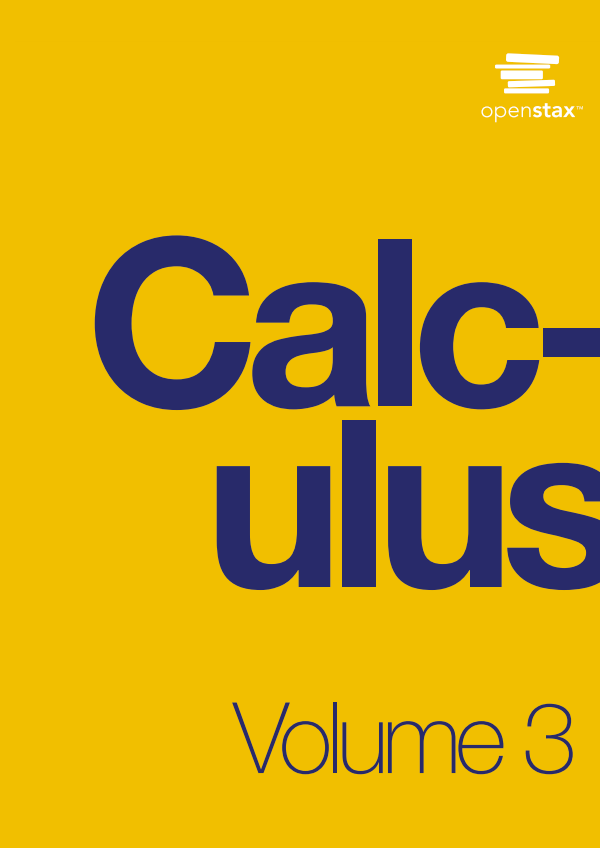The study of complex analysis is important for students in engineering and the physical sciences and is a central subject in mathematics. In addition to being mathematically elegant, complex analysis provides powerful tools for solving problems that are either very difficult or virtually impossible to solve in any other way. In this book you will find examples, problems and applets that allow you to explore complex analysis by using the visual interactive power of the computer (or tablet).
Geometric interpretation of quadratic and cubic equations
Surprisingly this has been known since ancient times, even without the use of mathematical symbols or computers. We know from clay tablets dated from around 2000 BCE that the Babylonian civilization possessed the quadratic formula, enabling them (in verbal form) to solve quadratic equations. Because the concept of negative numbers had to wait until the sixteenth century to appear, the Babylonians did not consider negative solutions [9, pp. 29-30]. We can also find implicitly equations in the geometry developed by the ancient Greeks, as we would expect when circles, parabolas, and the like are being investigated, but we do not demand that every geometric problem have a solution [9, Ch. 4].
Here he encountered a very unusual value. If Cardano’s formula is correct, this number must be equal to . Yet this must be nonsense and the value cannot be real, because inside the cube root we are taking the square root of a negative number, an absolute impossibility at that time (and also nowadays). Cardano also encountered this difficulty but he did not face it up. He did once mention imaginary numbers, but in connection with a quadratic equation and accompanied by the comment that these numbers were “as subtle as they are useless” [2, Ch. 37, Rule II] However, Bombelli overcome this difficulty by seeing that the weird expression (8) that Cardano’s formula gives for is actually real, but expressed in a very unfamiliar manner. This insight did not come easily. As Bombelli wrote in his book L’Algebra: And although to many this will appear an extravagant thing, because even I held this opinion some time ago, since it appeared to me more sophistic than true, nevertheless I searched hard and found the demonstration, which will be noted below. … But let the reader apply all his strength of mind, for [otherwise] even he will find himself deceived. [1, pp. 293-294; 10]
Cardano’s formula forced mathematicians to confront square roots of negative numbers. This historical incident is another example that negates the widespread view that mathematics is “made up” by mathematicians. As is often the case, it is the mathematics itself that speaks to us. From this time on, imaginary numbers lost some of their mystical character, although their full acceptance as bona fide numbers came only in the 1800s.
